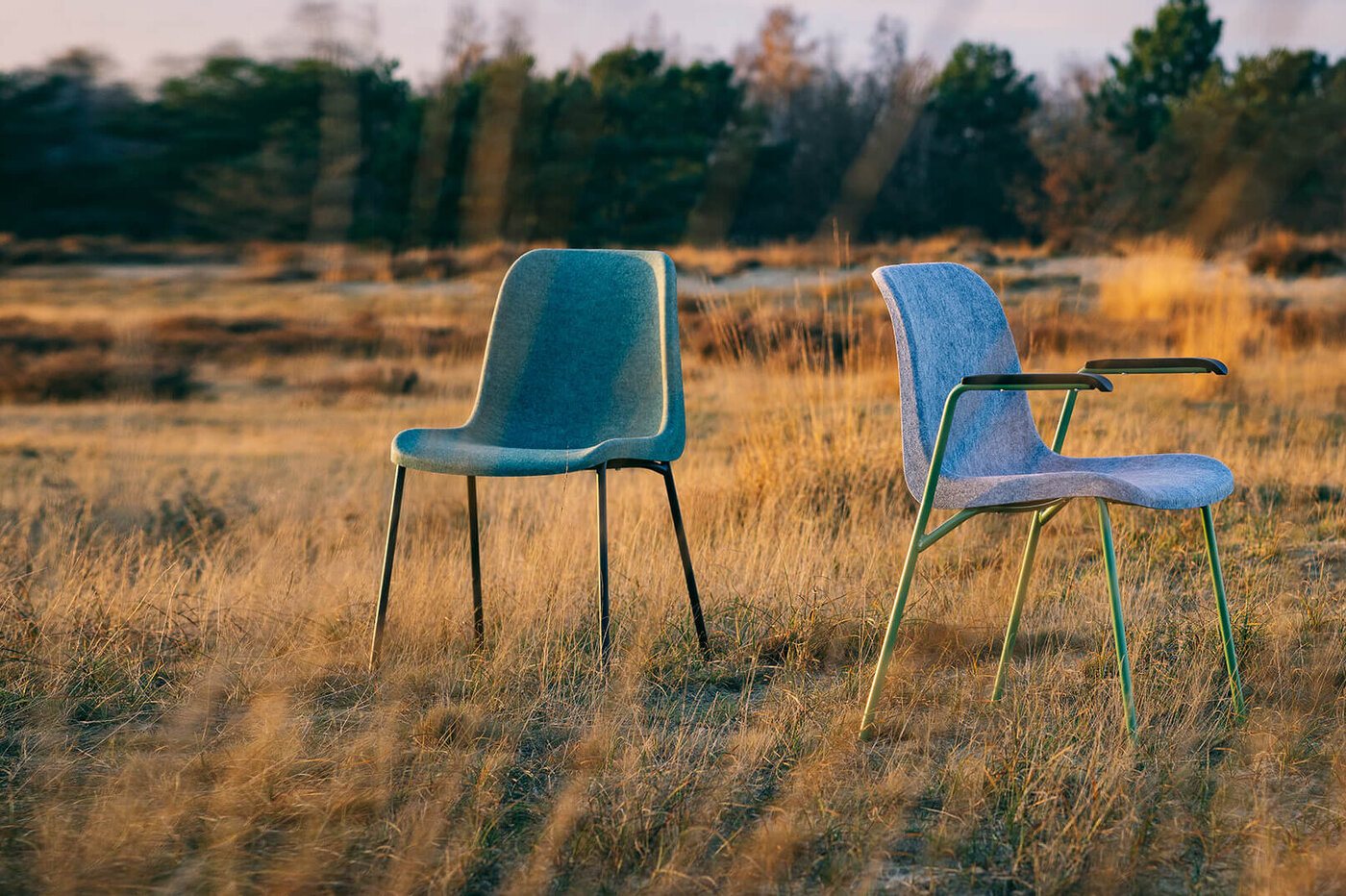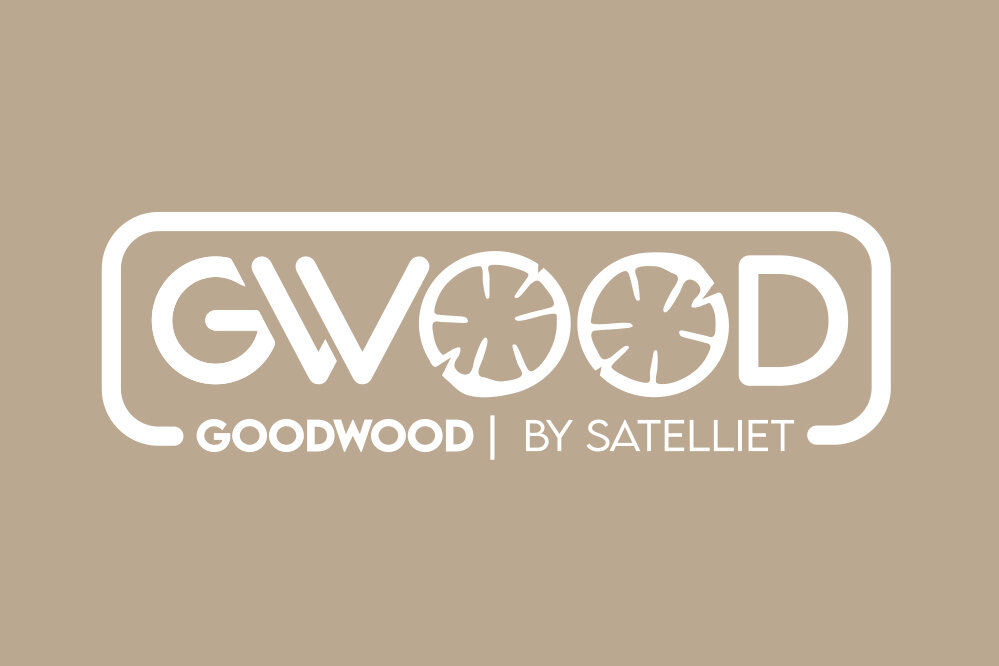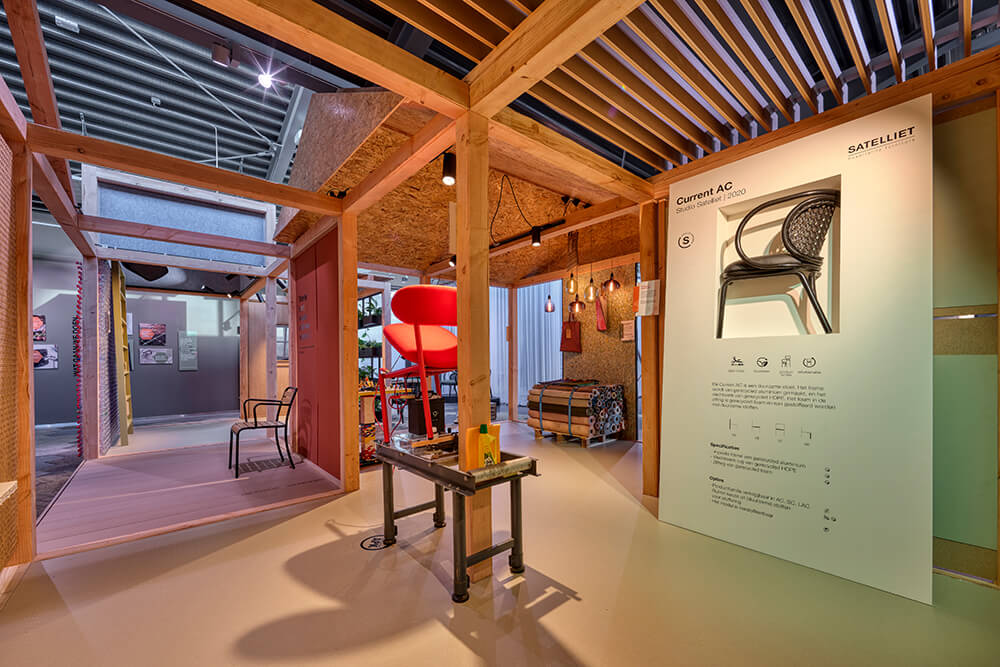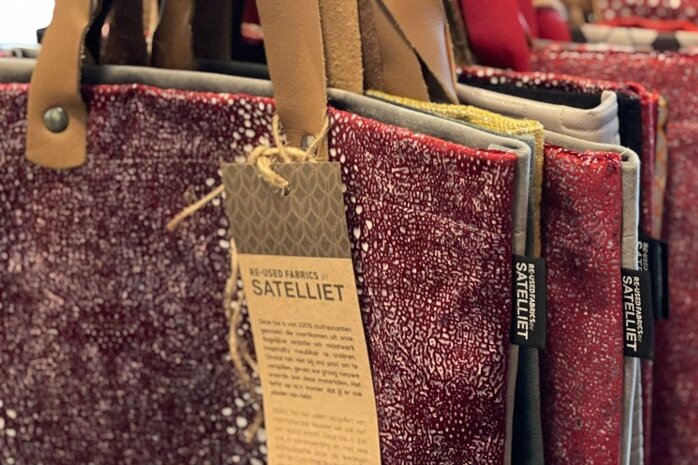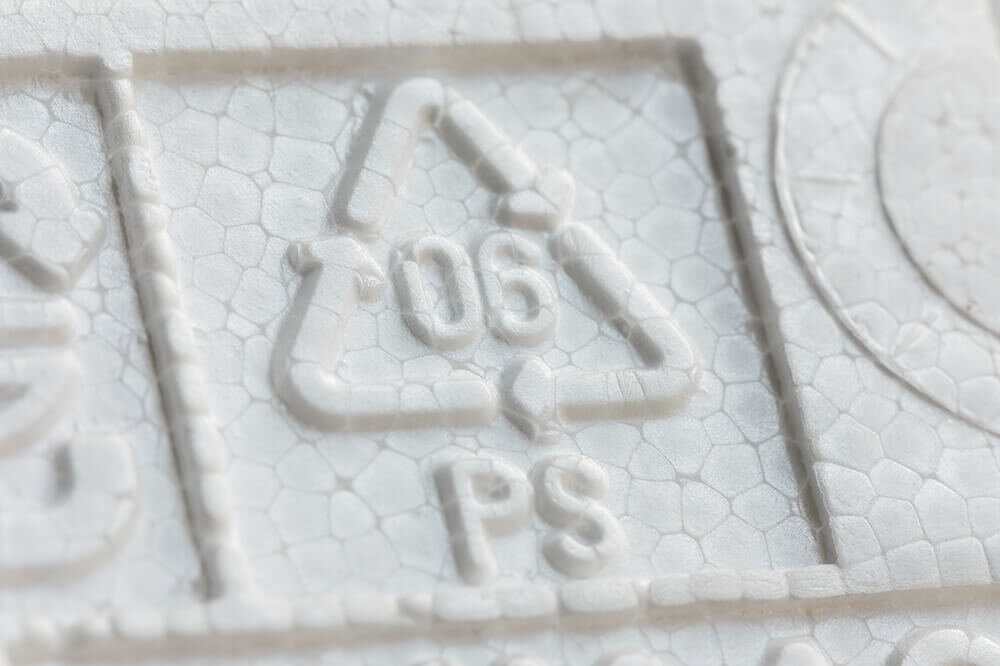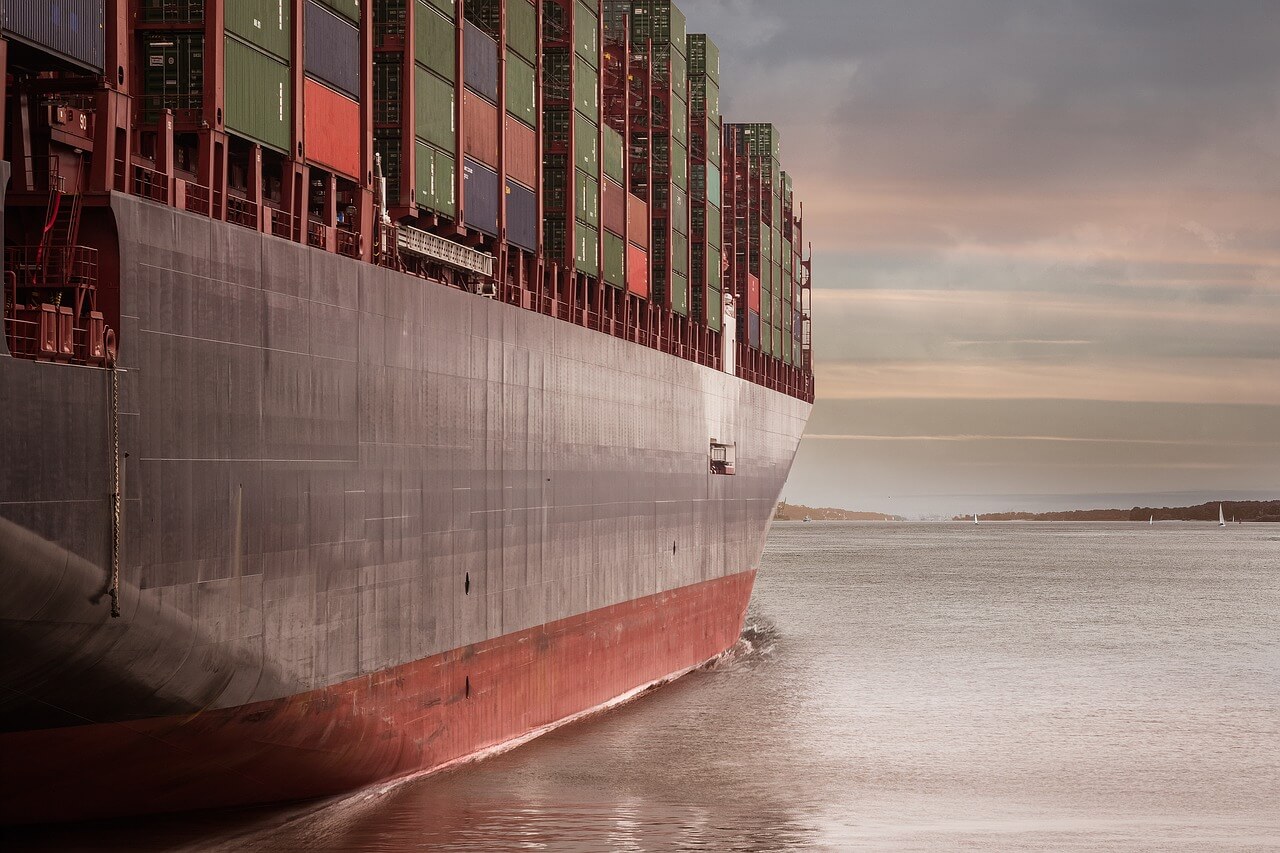We develop two-thirds of the furniture collection under our own management. This enables us to make responsible choices of materials in advance and to develop more sustainable products. In this way, we also encourage our suppliers and producers not only to guarantee quality but also to develop innovative techniques to make products, packaging and transport more sustainable.
SUM: Still Usable Materials
SUM is a name for - actually - discarded materials and our ambition to use innovative techniques to give these materials new value. We have already succeeded in producing aluminium frames, plastic wickerwork and PET felt from recycled materials. Yet SUM is not only an initiative about recycling and giving new value to used materials, but also about giving more value to collaborations.
Revalued and reused design
We like to extend the life of our valuable furniture. Even when the furniture no longer meets your needs, it can often last for years. Throwing it away is a waste. We are happy to take it back and refurbish it so that someone else can enjoy it for years to come. We do this by adding new value or offering the furniture as second-hand via our partner Euroseat.
Product passport
What materials does our furniture consist of exactly? By mapping this out, we can determine, among other things, how circular a product is. We could even assign an energy label to our furniture. By collecting this information in the form of a product passport, we make it easier to make conscious choices when buying new furniture. Sustainable should not have to be a difficult choice.
Upcycling – use of residual material
We are always looking for new uses for our residual materials that arise from our daily ambition to create custom-made hospitality furniture. Because it doesn't suit us to waste, we like to give new value to these materials. Preferably in such a way that you can also enjoy them. For example, we make bags from residual materials and mouse pads from residual leather.
Sustainable packaging materials
Of course, goods must not be damaged, which is why good packaging is necessary. Together with our suppliers, we are constantly investigating the possibilities of making packaging materials more sustainable. Consider, for example, the use of paper tape instead of plastic. Every time, we make steps towards using circular materials. In addition, we take back as much as possible so that it can be processed properly.
Smarter and more efficient transport
More efficient transport means fewer transport movements. Together with our suppliers, we are constantly investigating the possibilities of stacking our goods more compactly and more intelligently in order to be able to ship larger product volumes. This results in more efficient transport and less waste.

